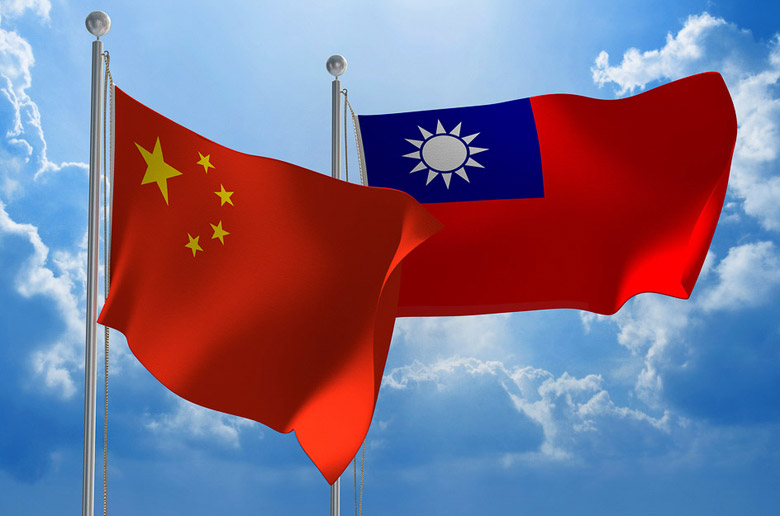
Taiwan is a primary flashpoint in East Asia. Its explosiveness results from China’s ongoing insistence – and Taiwan’s refusal – that Taipei fall under Beijing’s auspices. It’s a periodic dispute which has lasted for over 60 years. China has not openly attempted to force Taiwan to reunify, yet there have been several times when it has initiated borderline provocations. Both sides are starting to reconcile their differences albeit slowly and with little progress. The key to resolving the dispute will probably occur within one-to-two generations, plus via a currently unthoughtof solution.
The article is divided into several sections. First, it will briefly analyze the issue; Second, the piece will examine the current state of affairs between Taiwan and China. And finally, the article will explore the difficulties of finding an answer to the reunification controversy.
Analysis
The Taiwan-China Relationship is one of the most paradoxical affiliations in Pacific Rim affairs. Both countries have strong economic, yet strained po-litical ties as a result of the reunification issue. The controversy could disappear overnight, if Beijing recognized Taipei’s status as an independ-ent country; acknowledging Taiwan’s stature would require China to abandon a primary foreign policy objective. Chinese policymakers and independent analysts have suggested a solu-tion is for Taiwan to adopt Hong Kong and/or Macao type model. The proposition’s difficulty is both entities and Taiwan share dissimilar back-grounds. Taipei would lose its de facto political and economic independence, if it agreed to simi-lar conditions. The other solution is for China to force Taiwan to accept Beijing’s jurisdiction. The scenario will probably not occur considering the United States is obligated by American to law to militarily intervene if China attacks Taiwan (an issue for another article).
…
…
Published in Political Reflection Magazine Vol. 3 No. 1




